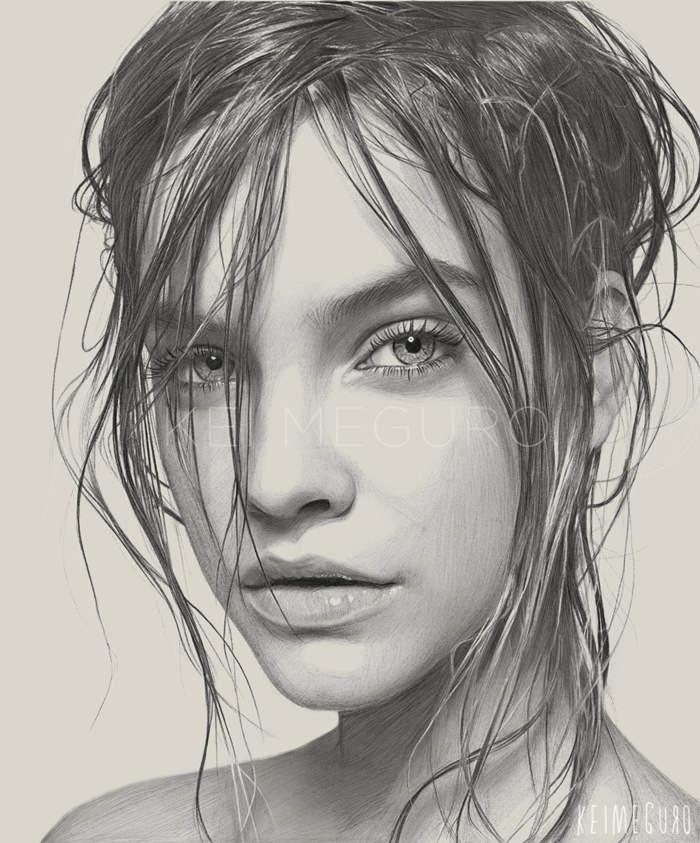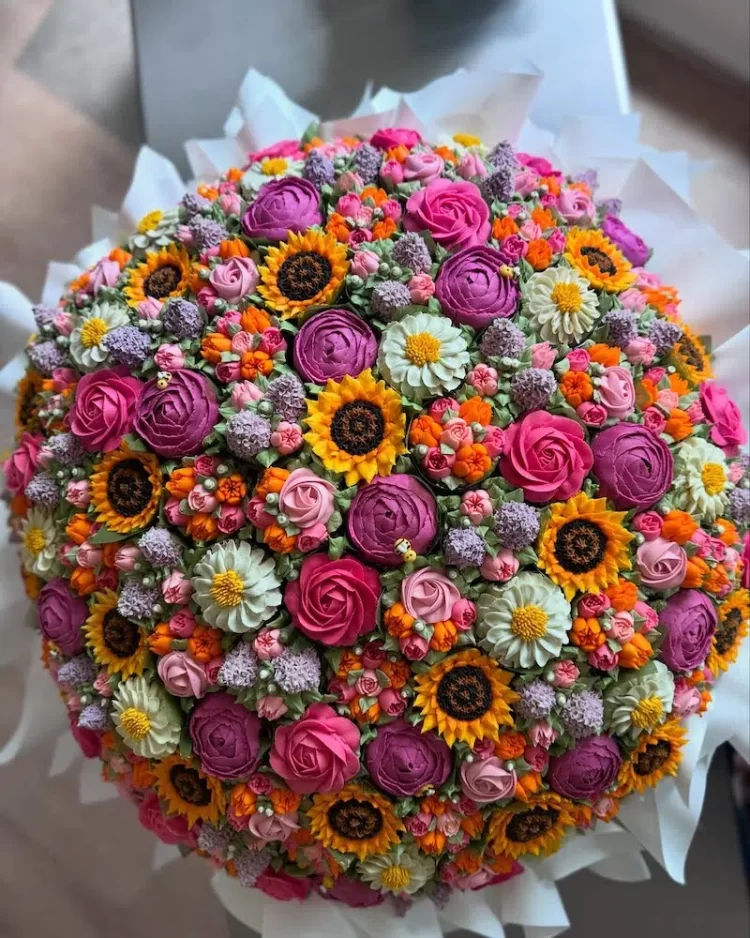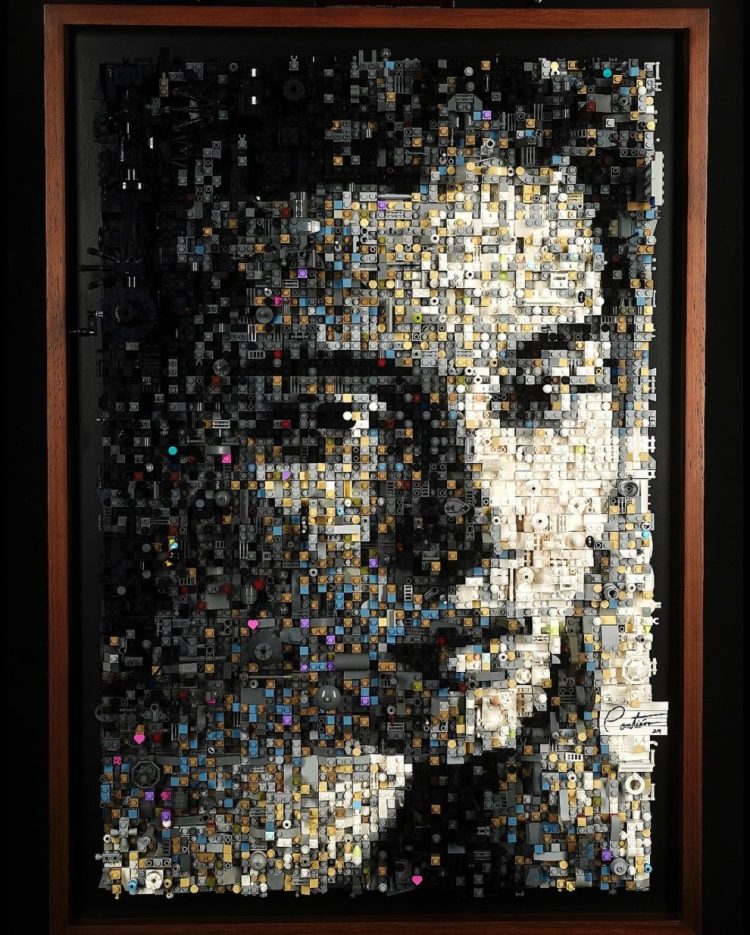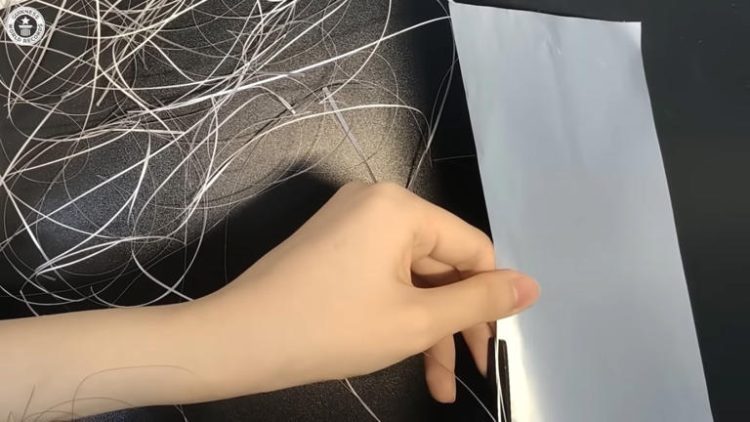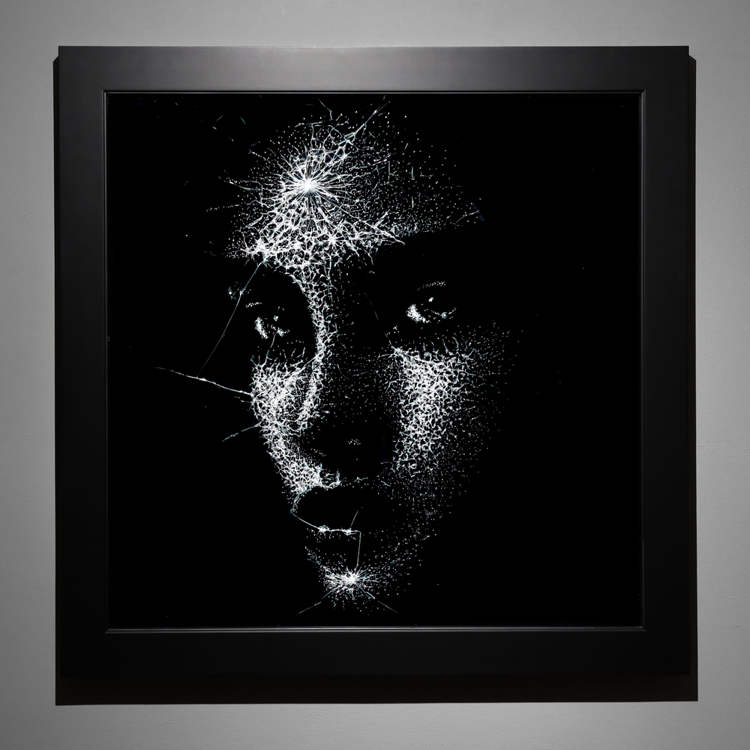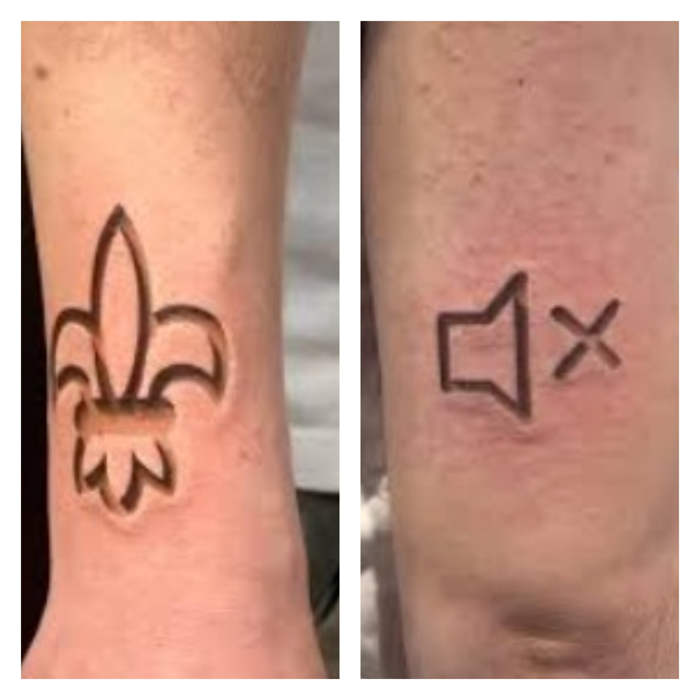Apparently, there’s much more to a pink flower than meets the eye – there’s also gold, orange, yellow, purple, blue and red.How do we know this? Well, it’s all thanks to tetrachromats like Concetta Antico. Her unique condition enables her to see 100 times more color than the average person.
“My world speaks to me very strongly and then I can’t wait to paint it,” said Concetta, an artist based in San Diego. “I’ve been told that you see gray, mostly, in a shadow. Well, shadows are fabulous. I see emerald greens, I see magentas, I see lilacs, I see blues.”
The reason for Concetta’s amazing ability to see the world from a different perspective is the extra receptors in her eyes. Most people have three types of cones – structures in the eye that are designed to absorb particular wavelengths of light and transmit them to the brain – in their eyes. But tetrachromats like Concetta have four cones, so while the average person can only see 1 million colors, they can potentially view 99 million!
Photo: K.C. Alfred
Tetrachromats are extremely rare – only a handful have ever been identified. The fourth cone in their eyes are believed to process colors other than red, green, and blue that are visible to us. The condition is thought to be caused by mutations in the X chromosome, which is responsible for people seeing more or less colors. The same mutations make men more likely to be color blind, while women are more likely to be tetrachromats.
Concetta has been able to see extra colors since her childhood, but she was found to possess the genotype for tetrachromacy in 2012. “Everything is amplified in color and I didn’t realize everyone didn’t see it,” she explained. “When I heard the test results, there was a soothingness in me, a sigh. I said, ‘Okay, this explains so many things.’”
Photo: Concetta Antico/Facebook
It wasn’t easy for experts to diagnose Concetta’s unique condition, because most tests are not designed for more pigments than blue, red and green. So Dr. Jay Neitz of the University of Washington Medical School conducted a genetic and vision test, before confirming that Concetta has the building blocks for four photoreceptors in her eye. “She truly does see a world, a beautiful world, so much differently than we do,” explained neurologist Dr. Wendy Martin.
In fact, it was Martin who first advised Concetta to get tested for tetrachromacy. She happened to meet the artist when she was taking an art class and she couldn’t figure out why Concetta always chose bizarre, random paint colors. “We all asked her, ‘Why are you choosing those colors?’ and Concetta said, ‘Don’t you see the yellow and the ultraviolet and the blue?’ and I said ‘No!’,” said Martin. “Tetrachromacy has existed in the animal kingdom – in fish and birds. But we didn’t know the extent to which it is in the human species.”
Photo: Concetta Antico
Although she’s happy to be able to see so many colors, Concetta did admit that there’s a dark side to her ability: “The grocery store can be overwhelming. And malls too, with all those pieces and colors under fluorescent lighting.” But there are good moments as well: “I feel so lucky. Just the other day I saw a sunset that literally took my breath away – peaches and blushes against the sky blue. And eucalyptus leaves – I love. Gray-olives, magentas, emerald green, sage green. Nature is so incredibly beautiful. What I have is a genetic hiccup, if you will. But it’s also such a gift.”
And Concetta is keen on teaching others to see colors differently. “Everyone has the potential to expand their ability to see colors the way I do, but our urban lifestyles and focus on technology is shutting it off,” she said. “I’m the one here waving the color flag, teaching people to see the turquoise and greens in the grey rocks and even tap into their own interpretations of the colors that exist.”
Ironically, Concetta’s 12-year-old daughter is colorblind, probably because of the same genetic mutation. She hopes that more experts study and understand the condition, which will help them understand more about visual processing, and hopefully find a cure for color-blindness.
Sources: ABC 10 News, UT San Diego





